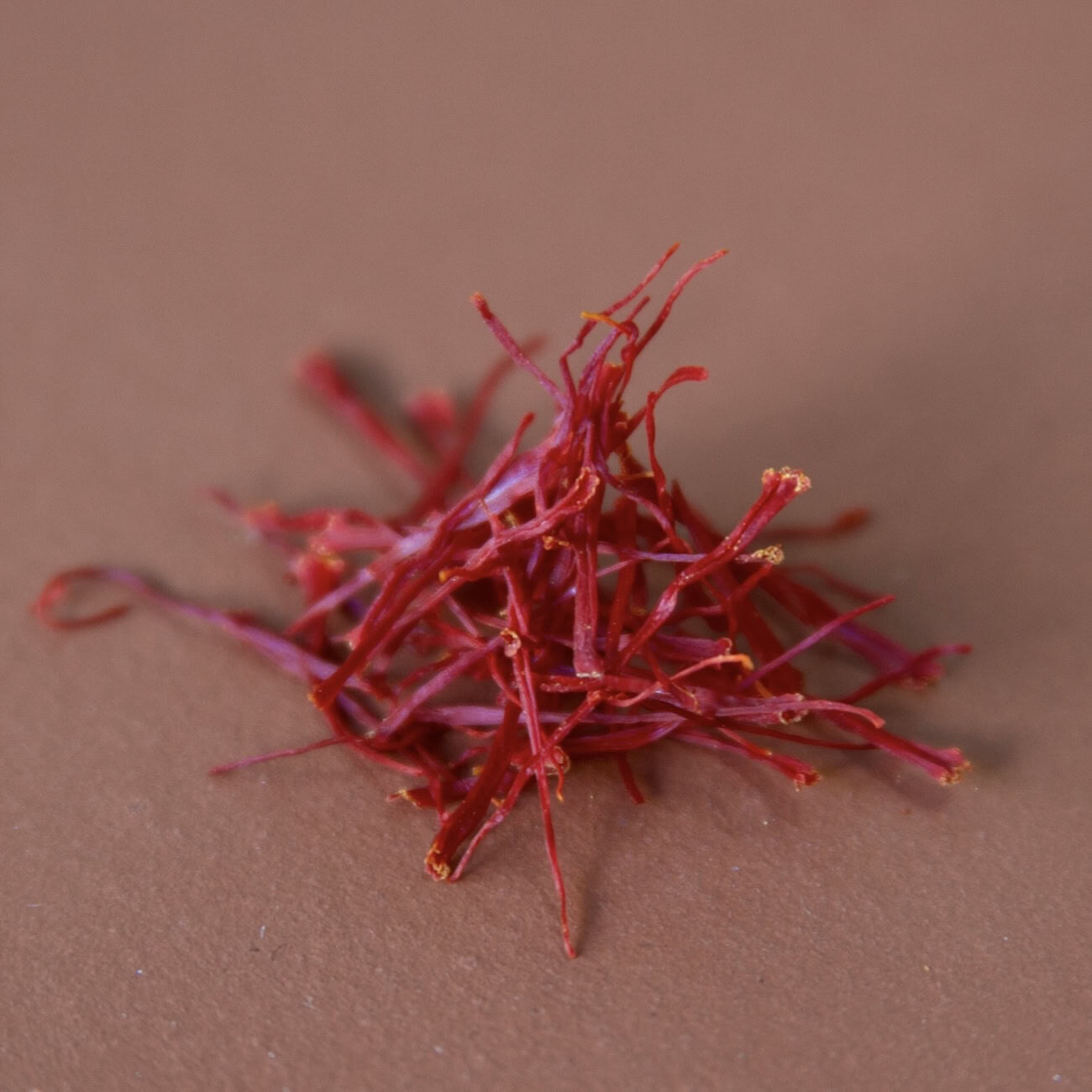How is Saffron Produced?
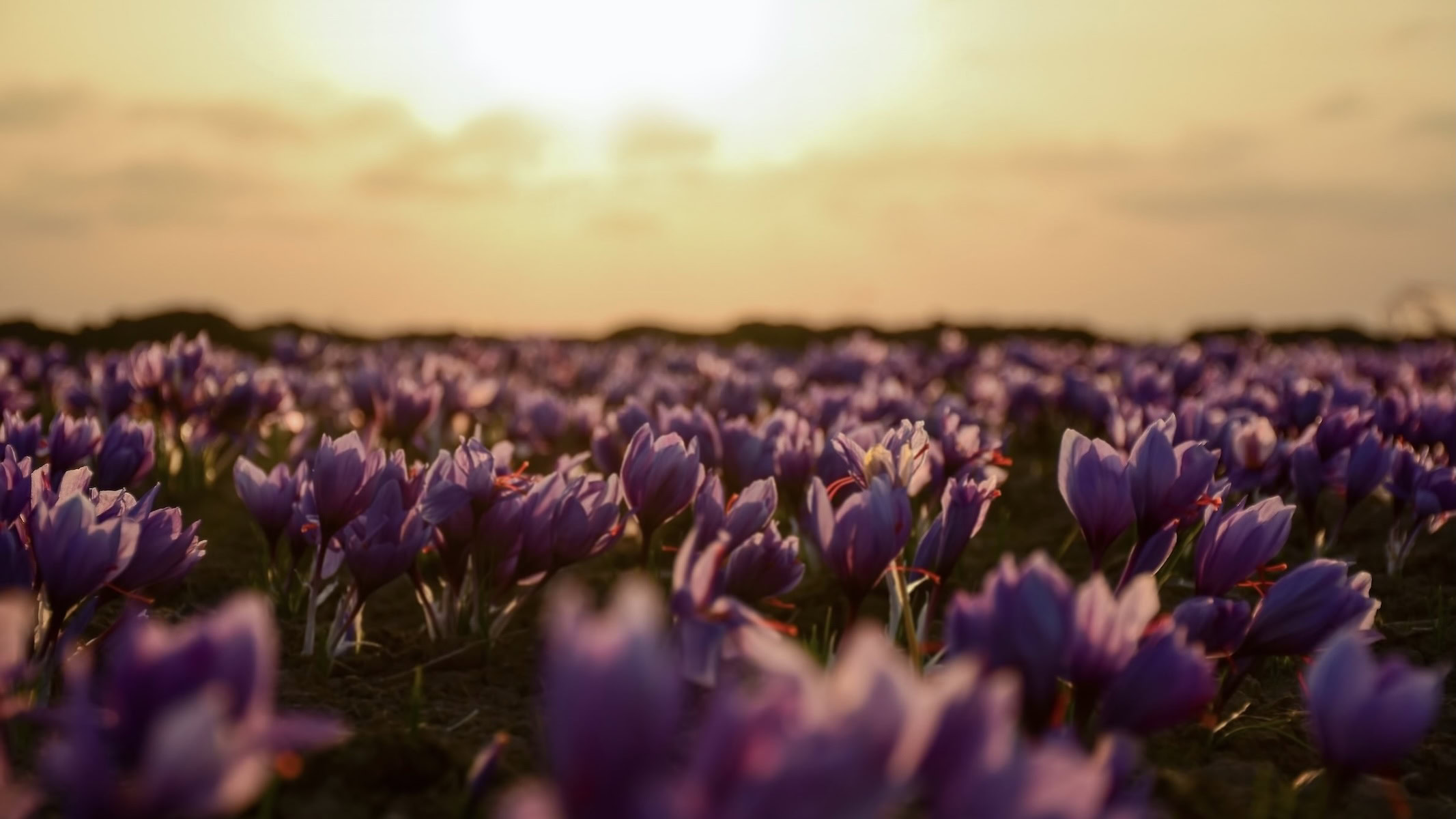
LAST UPDATED: September 26, 2024
READ TIME: 5 minutes
Saffron is the world's most expensive spice due to its global popularity, limited geographic range, and the enormous amount of effort and acreage that is required to produce even small amounts. Supply and demand, at it again. About 75,000 flowers grown on a plot of land the size of an American football field are required to produce only one pound (0.45kg) of the spice. We hope this page gives you a deeper appreciation for this spice's immense journey from field to shelf and for the people who make it happen.
Why the People Are Imperative
Saffron is derived from Crocus sativus, also known as the saffron crocus and the autumn crocus. C. sativus is sterile and therefore requires human cultivation to reproduce. More specifically, C. sativus is a male-sterile triploid clone. This means it has three sets of chromosomes (instead of the usual two), making it impossible to pair chromosomes during meiosis and thus impossible for the flower to create viable seeds on its own.
Saffron propagation is therefore only possible vegetatively, where human assistance is needed to dig up the plant’s corms, divide them into daughter corms, and then replant them. This process restricts saffron cultivators from crossing different varieties to improve upon saffron quality. As a result, almost all modern saffron plants are largely genetically identical. However, that doesn’t mean they are all the same with regards to quality. Although they share the same genome, saffron plants can have different properties due to regional terroir and cultivation methods.
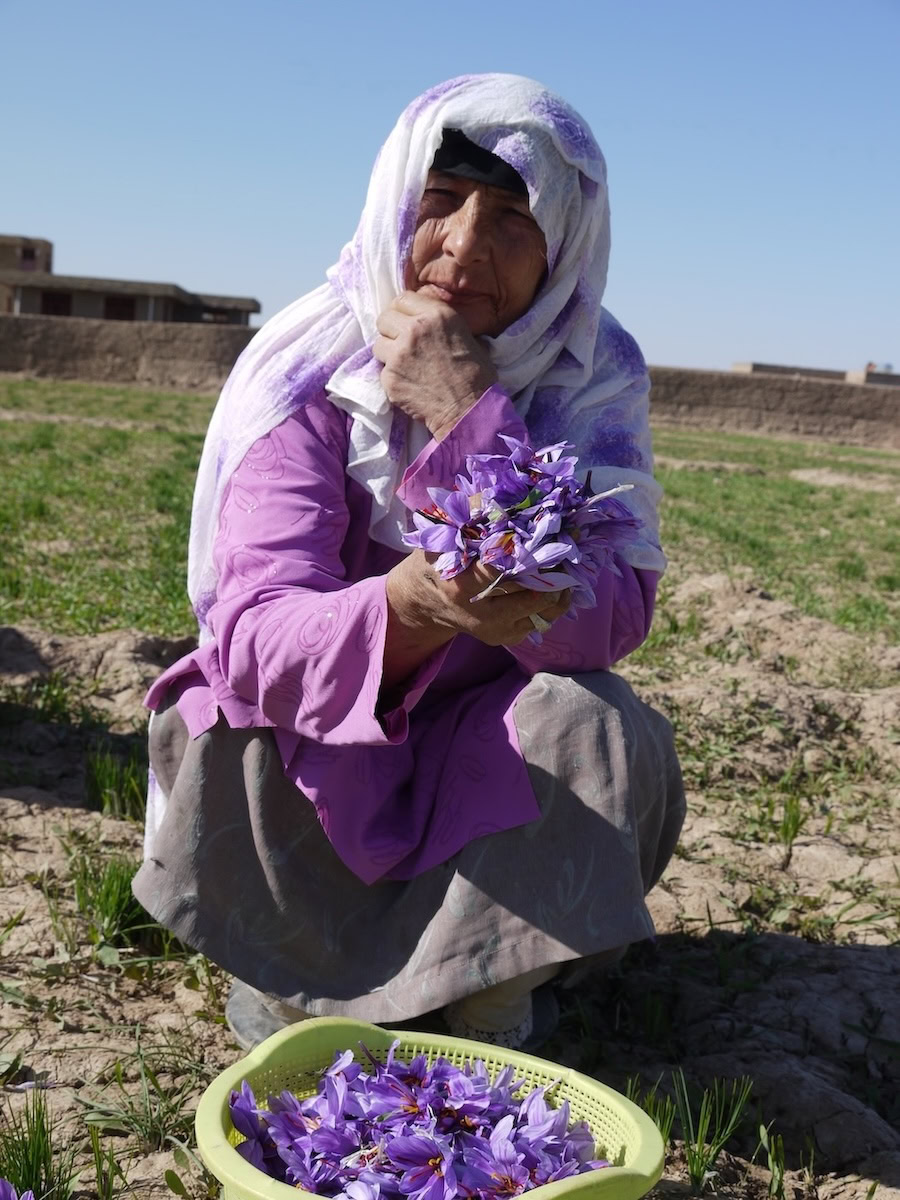
Opportunity Arises
For centuries, the conundrum of the saffron crocus’ true origin went unsolved. Without knowing its sole progenitor, breeders have been incapable of creating new strains. However, a major breakthrough in 2019 has broadened this realm of possibility. Decisively solving a long-standing mystery, two independent research teams identified the ancestor of the saffron crocus. It is the wild Crocus cartwrightianus, which evolved in the Attica region of Greece, home to Athens. Now that this is known conclusively, saffron cultivators can potentially introduce new saffron genotypes via different C. cartwrightianus plants. For the first time in modern history, this finding allows deliberate changes to be made to the essential genetic makeup of the spice.
The 2019 discovery is rather fitting, since one of saffron’s earliest historical appearances is in the ancient Minoan frescoes of Crete and Santorini, dated 1500 or 1600 BCE. These frescoes are among the oldest records of humankind clearly using a plant for medicinal purposes; the use of poppy, lily, and myrtle were only recorded around 1000 BCE. The frescoes at Thera (as in “therapy,” modern-day Santorini) show various stages of saffron production, including picking flower blossoms and collecting stigmas. The only step that isn’t specifically shown is the extraction of the stigma, but the visuals certainly seem to demonstrate a system of cultivation and processing. One shows a woman who is likely treating an injured foot with saffron.
Interestingly, the primary environments in which saffron is grown differ greatly from C. cartwrightianus. The saffron crocus thrives in higher and drier regions, mainly in the western Mediterranean (Morocco and Spain) and western Asia (Iran to Afghanistan to Northern India). Meanwhile, C. cartwrightianus only grows in the Mediterranean vegetation zone. It’s likely that the emergence of C. sativus (possibly via fusion of the genomes of two C. cartwrightianus plants) came with new climatic requirements, and it spread to those areas aided by human trade 3,500-4,500 years ago.
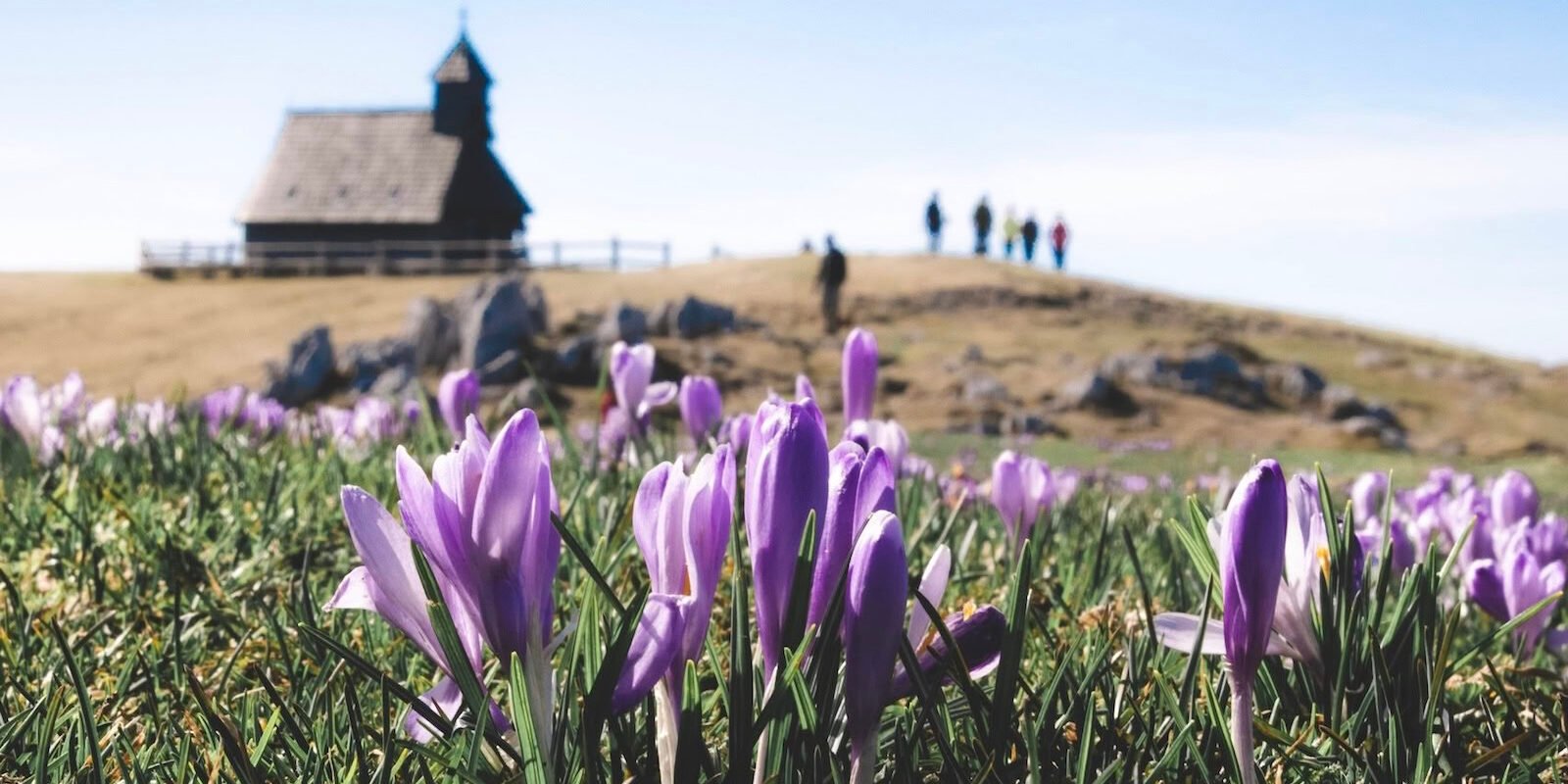
The Autumn Crocus
Crocus plants are members of the iris family (Iridaceae). Irises, meaning “rainbow” in Greek, are famous for their decorative and colorful flowers, and the saffron crocus is no exception. Its inviting purple pedals, bright yellow stamen, and brilliant crimson stigmas are a sight to behold. C. sativus will grow to about 20-30 cm (8-12 in.) high and produce up to five six-petaled flowers. Each flower exudes a sweet fragrance reminiscent of honey.
It is an autumn-flowering perennial, only blooming for 1 to 3 weeks in October and November, depending on the year and region. Six "daughter" corms will emerge from a single "mother" corm the following year. They grow above the mother corm, which withers away. New corms grow closer and closer to the surface with every passing year, so farmers must lift, divide, and replant on a regular basis to avoid overcrowding. This typically needs to happen every two to five years, but it can be required annually.
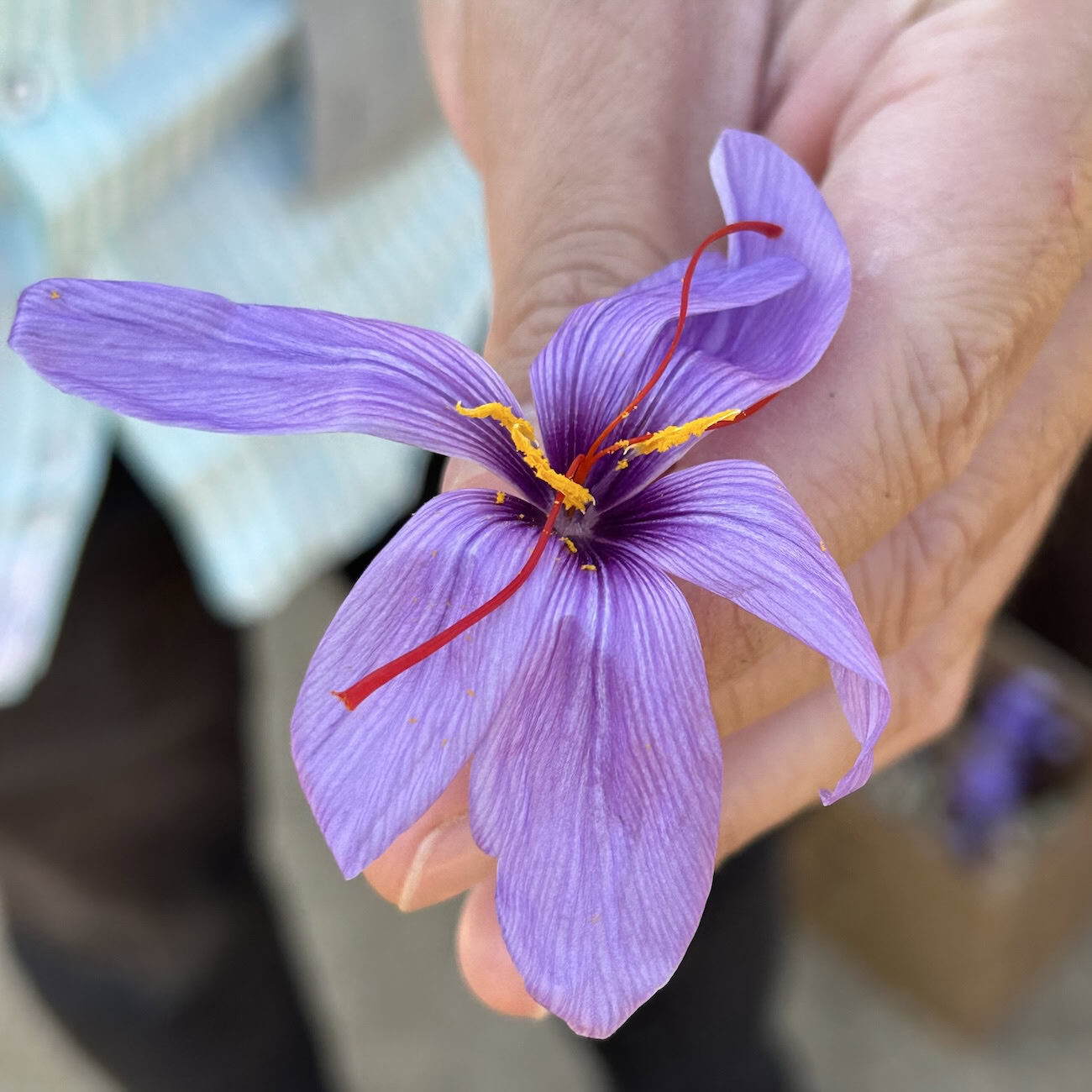
Hand-Picked
The spice is simply the flower’s dehydrated stigmas. Harvesting them is a laborious and delicate process. Each flower must be picked from the ground by hand and each stigma must be picked from the flower by hand. 150,000 flowers and 40 hours of manual labor will produce just 1 kilogram (2.2 lbs.) of high-quality saffron.
Each step must be treated with the utmost care and timing is paramount. C. sativus bulbs are typically planted in the late summer but they may not bloom in the fall of the same year. They will likely stay dormant until the following year when the flowers will appear around the end of October. In some years, nearly all of the saffron planted will blossom in a single week. Making the process even more onerous, the flowers only last a few days and must be plucked at dawn on the same morning they bloom.
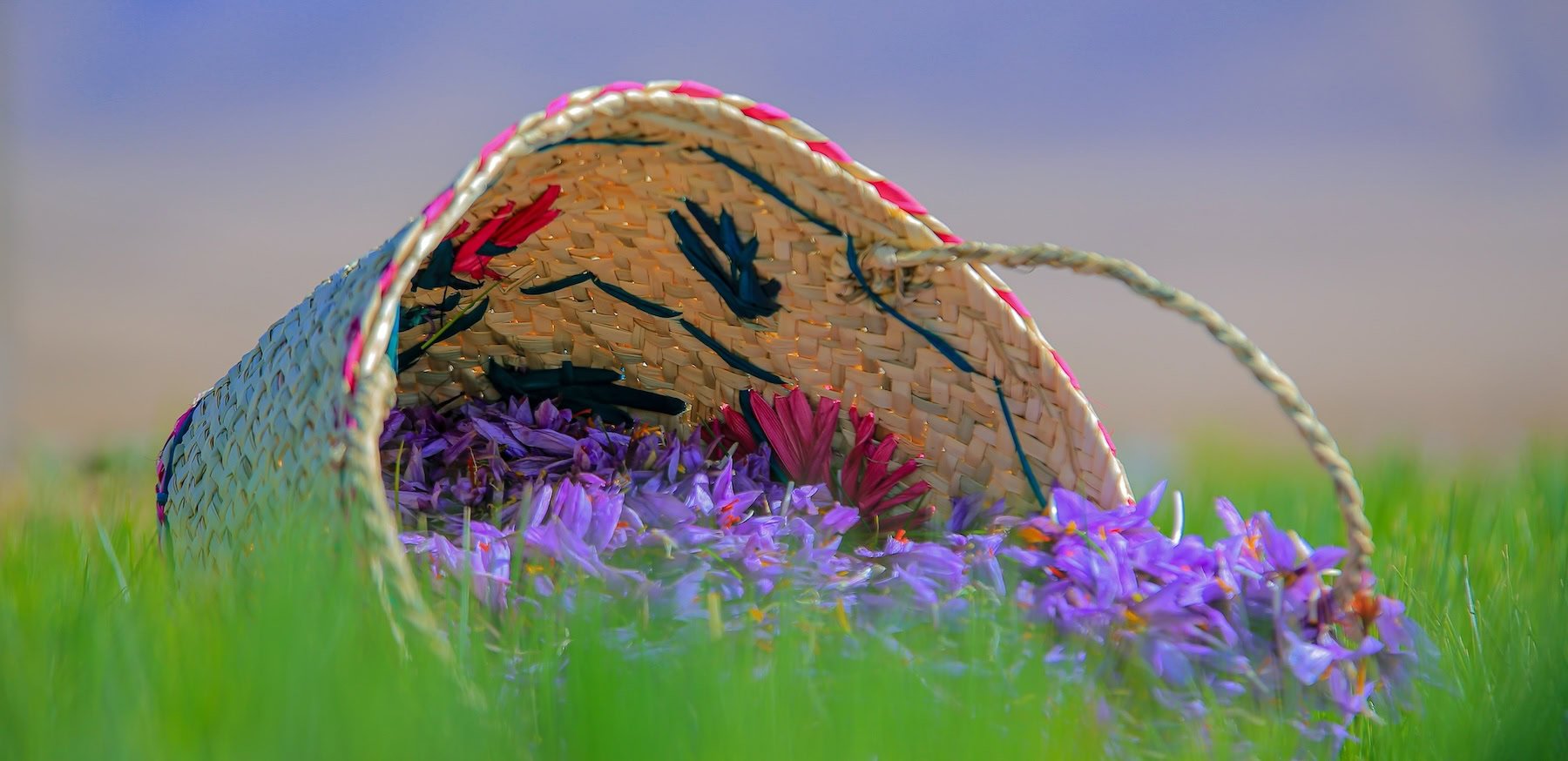
Becoming the Spice
Once the blossoms are collected, the red upper tips of the stigmas must be manually removed from the flower and separated from the styles. They are then roasted in sieves at very low temperatures to dry them before they deteriorate or mold, a process that also solidifies their flavor and aroma profile. Only master farmers can oversee the drying process because even a minute too long can ruin the batch, losing days of work and thousands of dollars. After drying, the threads are immediately transferred to airtight tins to protect their potency from air, moisture, and light. After all of this meticulous work, the saffron is ready to be classified for its color, scent, and taste.
Saffron is a great reminder that true value often lies in what takes time, care, and a touch of the extraordinary.
Learn more about saffron.
